Most people think of trees as shade-givers, fruit-bearers, or simply ornamental, but some also offer edible leaves that can enrich your diet.
These leaves are surprisingly versatile, providing nutrients and flavors that work well in everything from salads to teas. Many of them have been used traditionally in folk medicine or cooking across cultures, yet they remain underappreciated in modern gardens.
By growing trees with edible leaves, you gain not only beauty and shade but also a renewable food source right in your backyard. Some leaves taste mild and crisp, others are earthy or nutty, and several are packed with vitamins and minerals.
If you’re curious about adding something unusual and practical to your garden, here are 10 trees worth considering.
#1 Maple
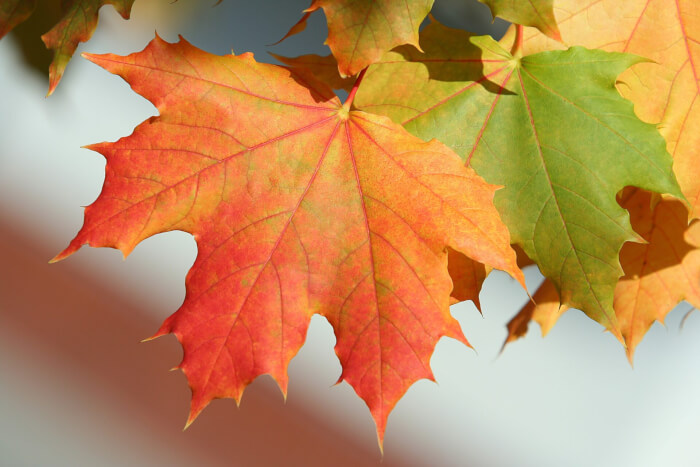
Maple trees are famous for their sweet sap that becomes maple syrup, but their leaves can also be eaten. In Japan, a unique snack called maple leaf tempura is made by frying cleaned leaves in a light batter until crisp.
The flavor is mild, with a slightly earthy undertone that pairs well with savory seasonings. Young leaves are the most palatable and can also be blanched before eating.
Aside from their edible uses, maples provide stunning fall foliage. Planting one means enjoying both beauty and food in your yard.
#2 Mulberry
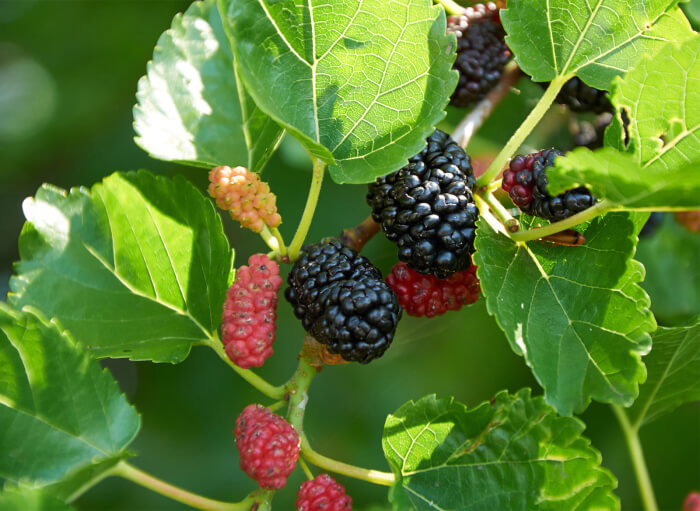
Mulberries are beloved for their sweet berries, but the leaves deserve attention too. You can boil them, discard the water, and then use them in dishes as you would spinach.
Mulberry leaf tea has been consumed for centuries, particularly in Asia, for its health benefits, such as lowering blood sugar. The young leaves are tender and have a mild, slightly green flavor.
Growing a mulberry means you’ll enjoy fruit in summer and edible leaves much earlier in the season. It’s a generous tree that keeps giving.
#3 Linden/ Lime Trees
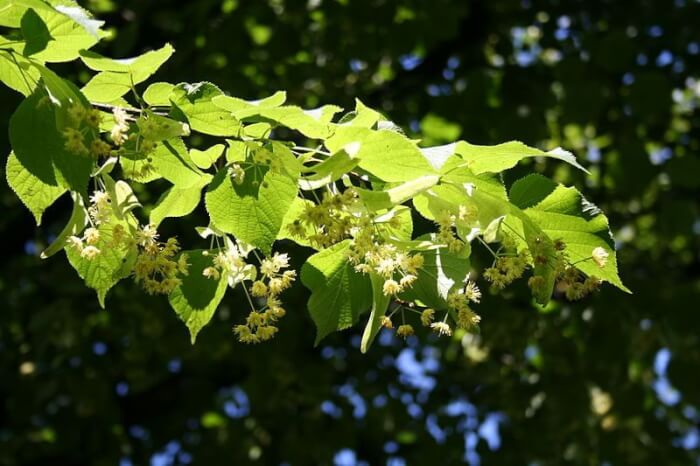
The young leaves of linden, also called lime trees, are crisp and refreshing. They can be eaten raw in salads, offering a crunch similar to iceberg lettuce with a more delicate taste.
Older leaves can be cooked down and used like spinach, making them useful in soups or stews. Linden leaves are also known for their soothing qualities when brewed into tea.
The tree itself provides fragrant flowers that attract pollinators and add ornamental value. Planting one brings multiple benefits to both your kitchen and your landscape.
#4 Moringa
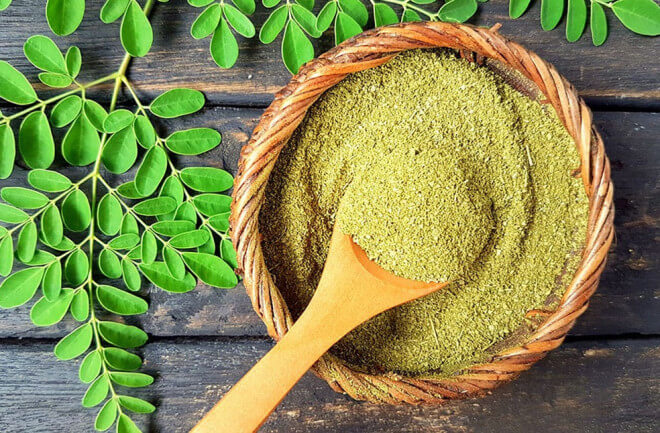
Moringa, often called the “miracle tree,” is one of the most nutrient-rich plants you can grow. Its leaves are edible raw or cooked and contain high amounts of vitamin C, calcium, potassium, and protein.
In many cultures, moringa leaves are dried and powdered as a health supplement. The flavor is slightly peppery, somewhat similar to arugula, making them great in salads or curries.
It thrives in warm climates and grows quickly with minimal care. For gardeners interested in both health and sustainability, moringa is a top choice.
#5 Hawthorn
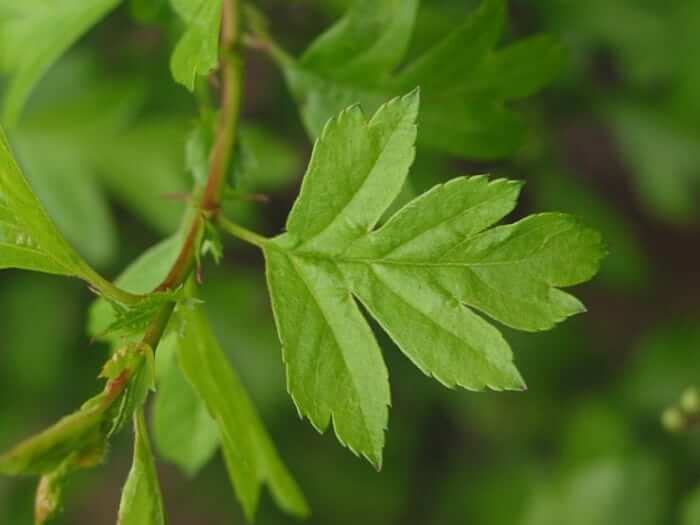
Hawthorn leaves are a traditional hedgerow snack, often nibbled straight from the branch in spring. They have a nutty, slightly sweet flavor that brightens up fresh salads.
Besides being edible, hawthorn leaves have been valued in herbal medicine for heart health. The tree also produces small red berries later in the season, making it doubly useful.
Its thorny branches provide natural wildlife habitat and protection for birds. A hawthorn hedge or tree is practical, beautiful, and edible all at once.
#6 Walnut
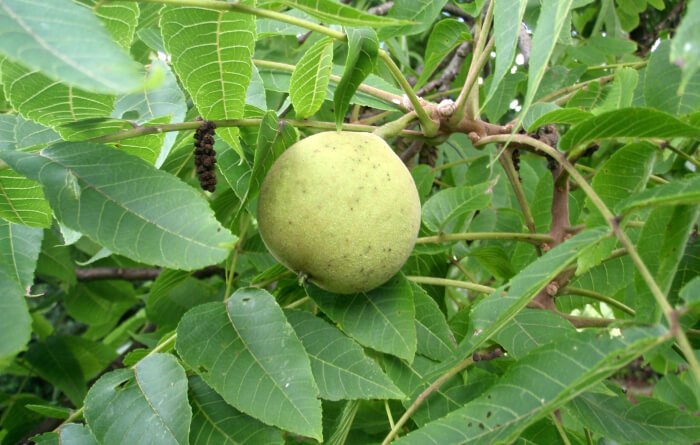
While most people think only of the nut, walnut leaves have culinary and medicinal uses too. They can be steeped to make tea or infused into liqueurs, providing an earthy, slightly bitter flavor.
In traditional remedies, walnut leaves were used for digestive and skin health. When young, the leaves can even be used sparingly in cooking for flavoring.
Walnut trees themselves grow large and provide shade along with their annual nut harvest. Adding one to your garden gives you multiple layers of use from one plant.
#7 Birch
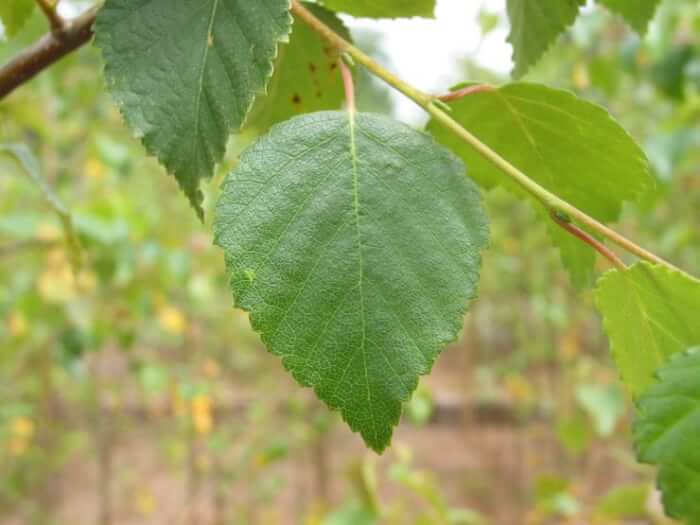
Birch leaves are young, tender, and edible in spring, adding a light citrusy flavor to salads. They can also be dried and brewed into herbal tea, often combined with other herbs for a refreshing drink.
In folk medicine, birch leaves were used for their diuretic and detoxifying properties. The tree itself is fast-growing and adds elegance to any yard with its distinctive bark.
Birch trees thrive in cooler climates and adapt to different soils. Having one in your garden provides beauty along with unique edible leaves.
#8 Needles From Spruce, Pine, And Fir
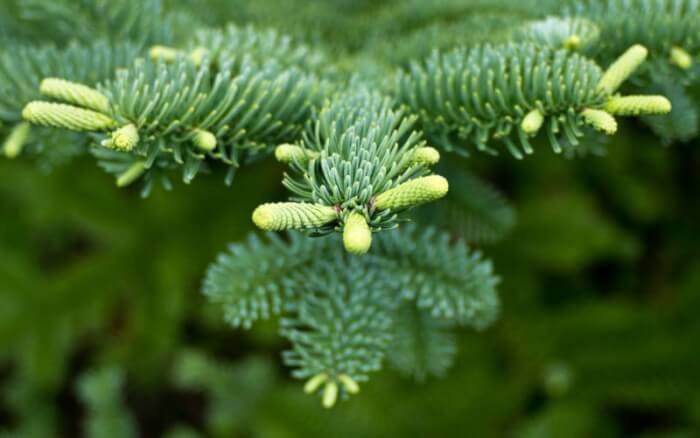
The needles of spruce, pine, and fir trees are not only edible but also rich in vitamin C. Simmering them in hot water makes a fragrant tea that’s tangy and refreshing. The flavor can range from lemony to resinous depending on the species.
Native peoples around the world have long used these teas to prevent scurvy and boost immunity. Be careful not to confuse these with yew, which is poisonous.
With proper identification, these trees can provide a surprising and healthy addition to your diet.
#9 Beech
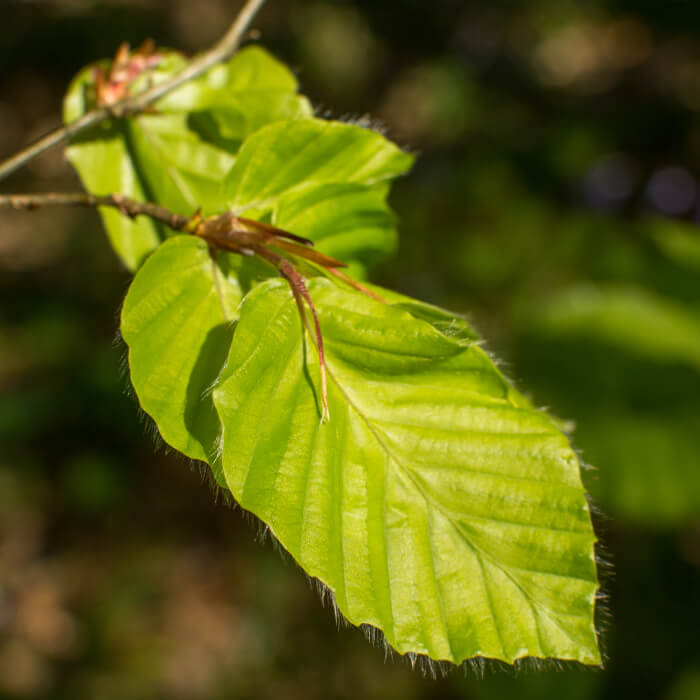
Fresh beech leaves are tender and mild when they first unfurl in spring. They can be eaten raw straight from the tree or tossed into salads for a light sorrel-like flavor.
Later in the season, the leaves toughen and lose their palatability, so timing is key. Beyond fresh eating, young beech leaves have historically been steeped in gin or vinegar for flavor.
The tree itself is majestic, offering shade and ornamental appeal. Growing beech means you’ll enjoy both seasonal treats and year-round beauty.
#10 Goji
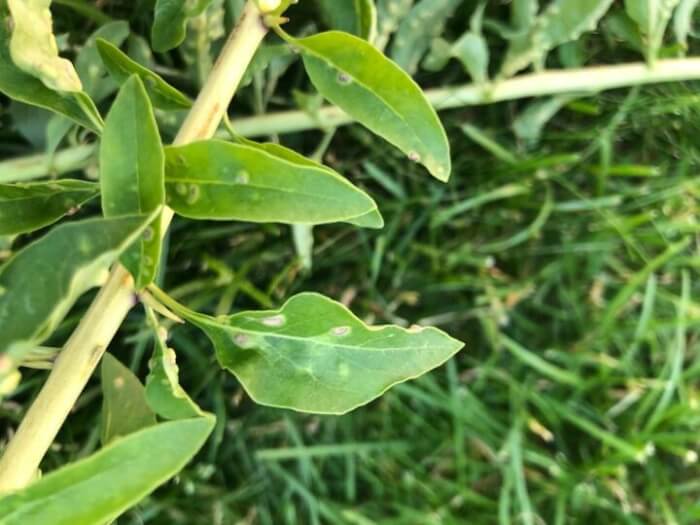
Goji trees are best known for their antioxidant-rich berries, but their leaves are equally nutritious. Young leaves can be eaten raw in salads or lightly cooked like spinach.
In Chinese cuisine, goji leaves are often added to soups and teas for their health benefits. They have a mild, slightly herbal taste that blends well with other vegetables.
Goji plants adapt well to gardens and can be grown in containers if space is limited. This makes them a practical and multipurpose plant for edible landscaping.
